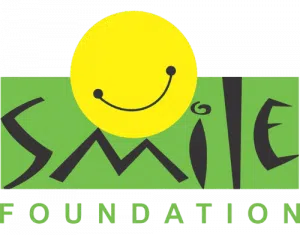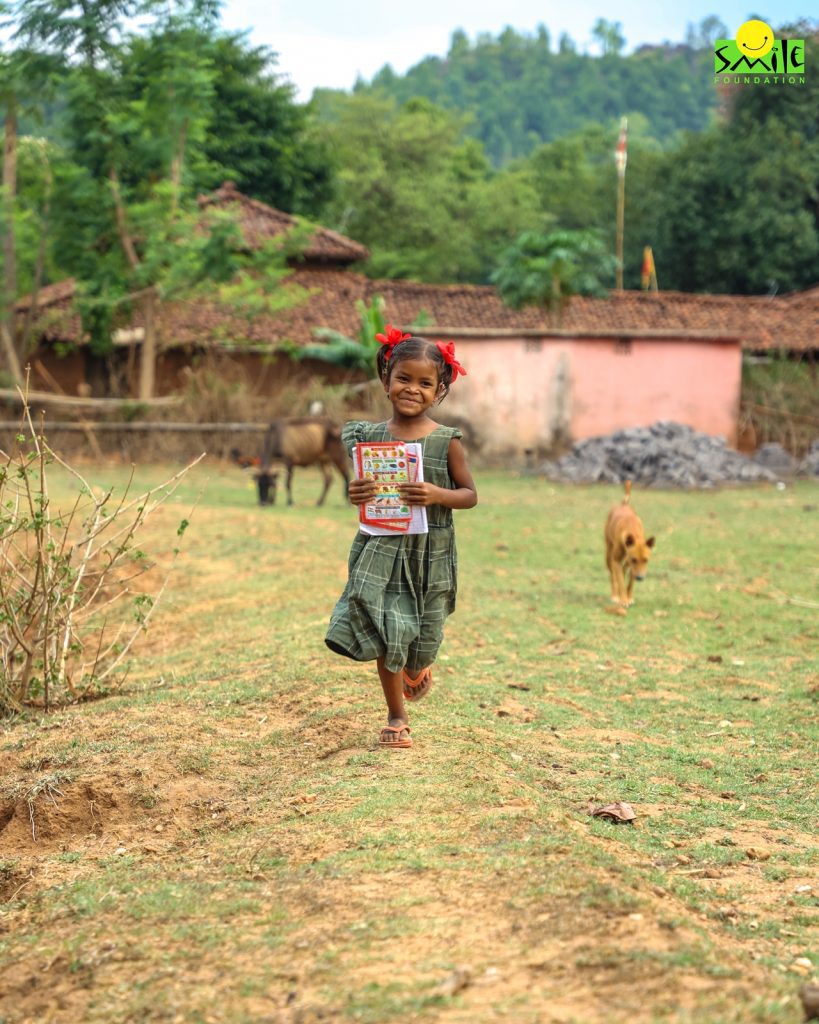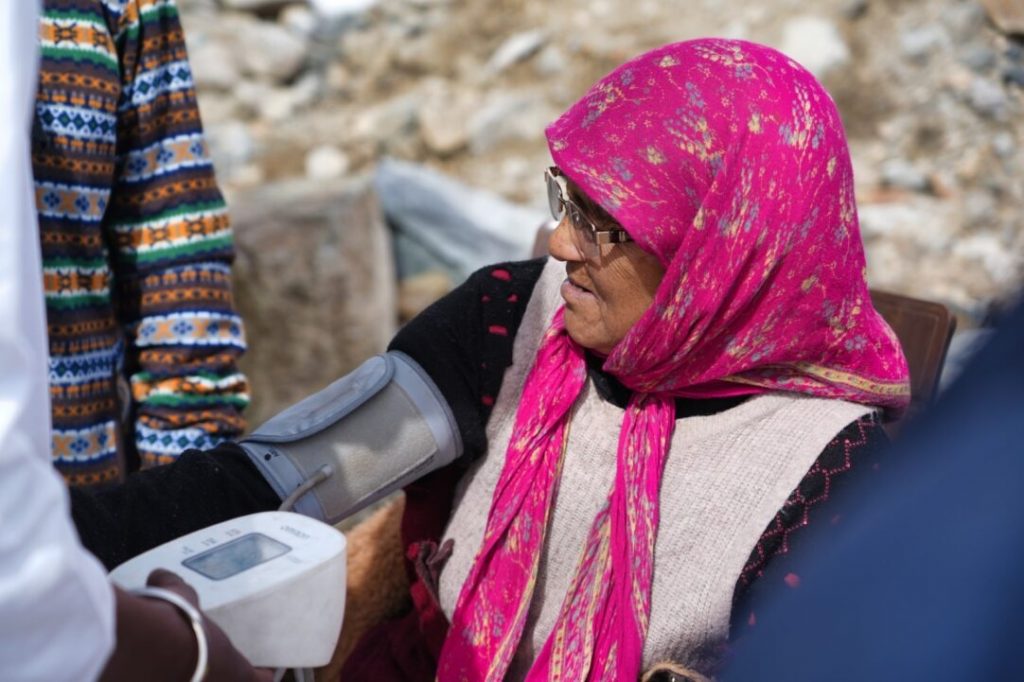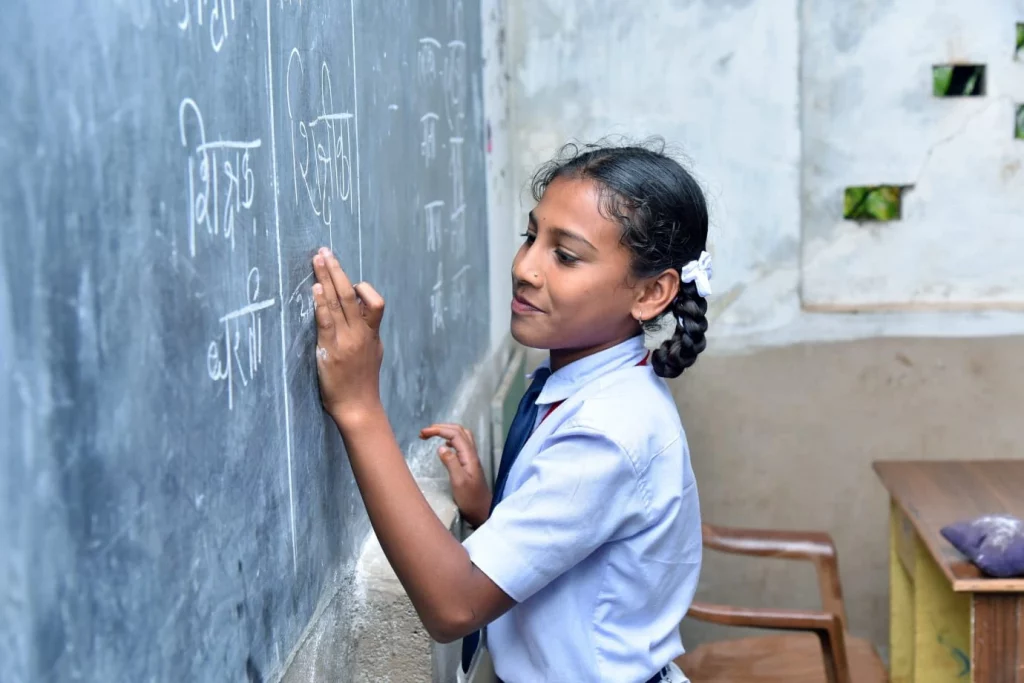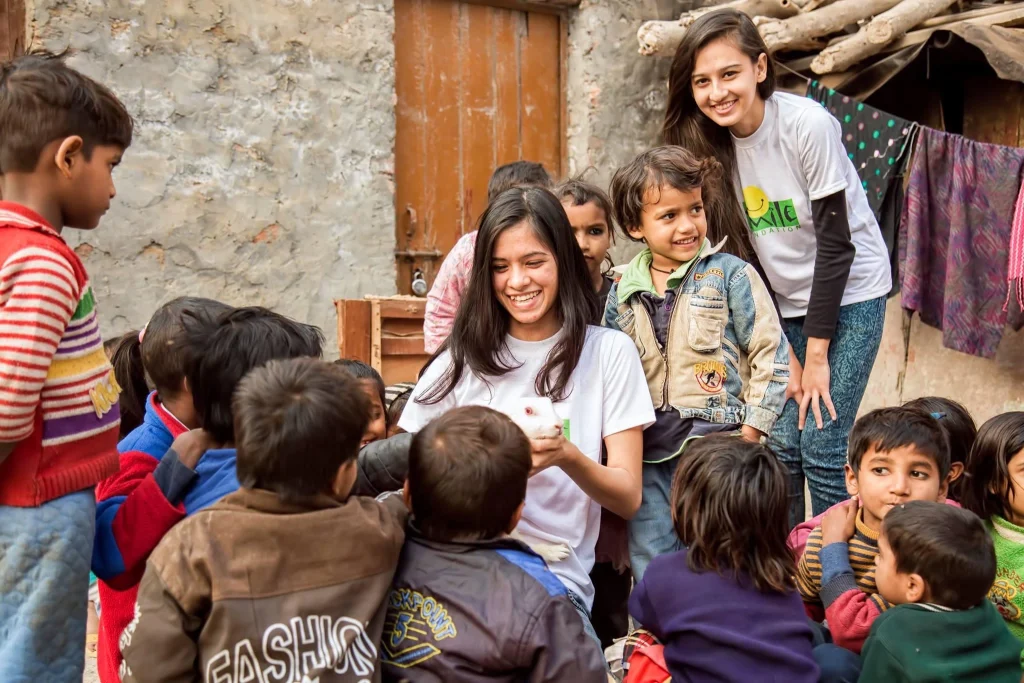Holistic development refers to a comprehensive and multi-faceted approach to human and societal growth. It considers the full range of factors that contribute to overall well-being, including economic, social, cultural and environmental elements.
This approach recognises that true progress cannot be achieved by addressing only one area in isolation; instead, it requires coordinated efforts across multiple domains for balanced and sustainable development. Holistic development aims to improve quality of life, promote equality and ensure that growth benefits all segments of society.
In the quest for a better life, four foundational pillars stand out: Education, Health, Gender Equity and Livelihood. Each of these elements plays a critical role in enhancing the quality of life. In the context of the Indian subcontinent, these pillars are even more crucial, given the diverse challenges and opportunities the region presents. These pillars are interconnected and they create a better life for individuals and communities.
Education: The first step towards change
Education is often seen as the cornerstone of development. It empowers individuals with the knowledge, skills and confidence needed to improve their lives and contribute to their communities. In the Indian subcontinent, where disparities in access to quality education are still prevalent, the role of education becomes even more significant.
Impact on Individuals and Communities
Education opens up opportunities for better employment, leading to economic stability and growth. According to UNESCO, each additional year of schooling can increase a person’s earnings by up to 10% . Education also increases awareness, enabling individuals to challenge social injustices and advocate for their rights.
Moreover, educated individuals are more likely to make informed health choices, contributing to better health outcomes for themselves and their families.
Despite the progress, there are significant challenges such as inadequate infrastructure, teacher shortages and gender disparities. Initiatives like the Right to Education Act in India aim to address these issues by ensuring free and compulsory education for children aged 6 to 14 years.
Health: Upon which life can be beautifully lived
Good health helps an individual lead a productive and fulfilling life. A healthy population is the most important for economic development and societal well-being. In the Indian subcontinent, health challenges are multifaceted, ranging from communicable diseases to lifestyle-related conditions.
Impact on Development
Healthy individuals are more productive, which directly contributes to economic growth. The World Health Organization (WHO) highlights that improving health outcomes can lead to significant economic benefits.
Healthy children are more likely to attend school regularly and perform better academically. Access to healthcare reduces the financial burden of illness on families.
Healthcare systems in the Indian subcontinent face challenges such as insufficient funding, inequitable access and high out-of-pocket expenses. Programs like the National Health Mission (NHM) and various CSR initiatives in partnerships with development organisations in India aim to provide accessible and affordable healthcare to all, particularly the underserved populations .
Gender Equity: Ensuring Equal Opportunities
Gender equity says that everyone, regardless of gender, should have equal access to opportunities and resources. In many parts of the Indian subcontinent, gender disparities are still pronounced, affecting women’s access to education, health and economic opportunities.
Impact on Society
Gender equity in the workforce can significantly boost economic productivity. The McKinsey Global Institute estimates that advancing gender equality could add $12 trillion to global GDP by 2025 .
Gender equity contributes to more equitable and cohesive societies. Educated and empowered women are more likely to invest in their families and communities. Women receive the care they need, leading to better health outcomes for entire families.
Barriers such as patriarchal norms, limited access to education and healthcare and gender-based violence hinder progress. Initiatives like Beti Bachao Beti Padhao (Save the Girl Child, Educate the Girl Child) in India aim to address these issues by promoting the value of girls and ensuring their education and empowerment.
Livelihood: The Path to Economic Development in India
Access to sustainable livelihoods is essential for economic stability and growth. It ensures that individuals can support themselves and their families, contributing to overall societal development. In the Indian subcontinent, creating sustainable livelihoods is critical given the high levels of poverty and unemployment.
Impact on National Growth
Sustainable livelihoods lift people out of poverty and provide economic security. When individuals are economically stable, they can invest in their communities, leading to broader social and economic development. Access to diverse livelihood opportunities increases resilience against economic shocks and natural disasters.
Challenges include limited access to resources, skills, and markets. Programs like the Mahatma Gandhi National Rural Employment Guarantee Act (MGNREGA) in India provide employment opportunities and improve rural infrastructure, contributing to sustainable development.
Interconnected Pillars: Driving Holistic Development in India
These four pillars are deeply interconnected. For instance, quality education leads to better health outcomes, gender equity ensures equal opportunities in education and employment and sustainable livelihoods contribute to economic stability and health. Together, they create a synergistic effect that drives holistic development in India.
Addressing the challenges like Smile Foundation does and leveraging the opportunities in these four pillars of a better life can significantly improve the quality of life for individuals and communities. As we continue to strive for a better future, let’s recognise and strengthen these pillars, ensuring that everyone has the opportunity to lead a healthy, educated, equitable and economically stable life.
By focusing on these foundational elements, we can build a society that is not only prosperous but also just and inclusive, paving the way for a better life for all.
